Within the immense traditions of Mexico, dances are perhaps one of the demonstrations that cause the most admiration, due in large to the rhythm, beauty, and color that frames them. A perfect example is the Voladores de Papantla Ceremony, or Danza de los Voladores, admired by many but understood by few and sometimes considered a simple "show" of value due to a lack of conversation surrounding its origin and meaning.
Surely you have seen them at some time and, like us, have been surprised to see how, from the top of a post, these flying men begin to descend rhythmically to the beat of a drum and a flute. But what are the Voladores de Papantla, and what does the ritual mean?
The Voladores de Papantla ceremony is a breathtaking display of cultural heritage and spiritual connection rooted in ancient traditions. Join us in today's blog as we spotlight the Voladores de Papantla and uncover the fascinating story behind this awe-inspiring ritual.

What are Los Voladores de Papantla?
The Voladores de Papantla belong to the Totonac indigenous group, hailing from the regions of Papantla in Veracruz and other parts of central Mexico. In case you have never witnessed this incredible spectacle, five men climb a 90-foot-tall (or taller) pole. Four of them tie a rope around their waist and throw themselves headfirst into the void with their arms wide open, spinning around the pole. Meanwhile, the fifth member remains at the top and plays music with handmade wooden instruments. But there's more to this ritual than just daring acrobatics.
Origins of los Voladores de Papantla
To truly appreciate the beauty and significance of the Voladores de Papantla, we must journey back to the pre-Hispanic era. Although an exact date of when this tradition began, the Spanish colonizers recorded this tradition in their chronicles, describing them as a "game," perhaps because of the nature of the ceremony and their attire, which consisted of gears made with authentic bird feathers.
While the origins of the dance are not fully identified, a legend describes the possible motive for the ceremony.

According to one Totonac legend, many years ago, a severe drought in the territory of Totonacapan (in the boundaries of the states of Veracruz and Puebla) wreaked havoc among the peoples of the region and decimated a large part of their population.
As it was knwon, the gods proclaimed, "Dance, and we shall observe," so a group of elders entrusted a group of chaste young men to find the tallest, strongest, and straightest tree in the forest to be used in a ritual to ask the gods for rains that would restore fertility to the land. This was to be done at the top of the tree so that their protectors would hear the prayers at the heights—which is why they thought of a tall, strong tree. That same day, rains began to pour, and the fields flourished.
Origins of Voladores de Papantla Ceremony
Contrary to popular belief, the ceremony of the Voladores does not begin when they jump into the void. Until a few years ago, the ritual started with selecting the "palo volador" (flying pole) by the caporal, the group's highest authority.
The caporal would venture into the forest in search of a suitable tree. Once located, the Voladores would dance around it, bowing the body reverentially and harmoniously with a tune known as "del perdón" (of forgiveness). They would also point towards the four cardinal points with puffs of aguardiente (a type of alcoholic beverage).
Currently, steel poles with small metal steps have become widespread, with only the frame and tecomate (the platform at the top) made of wood. The height varies from one pole to another. Among the most famous ones, the one located in the square of the church in Papantla, Veracruz, measures approximately 37 meters (121.4 feet), and the one at the National Museum of Anthropology in Mexico City reaches 25 meters (82 feet).
Danza de los Voladores de Papantla
The Dance of the Voladores, which most people recognize as such, is essentially the final part of the ceremony. This stage begins when the dancers, in an orderly line with their heads inclined as a sign of humility and respect to the gods, make their way toward the "palo volador" (flying pole). At the front of the group marches the caporal, who plays a melody on his small drum and flute.

As the dancers ascend the pole, one by one, a sense of awe and anticipation fills the air. The caporal, reaching the pinnacle of the pole, stands on the tecomate, displaying his agility and skill through impressive jumps and rhythmic footwork. The caporal's presence at the top symbolizes the connection between the earthly realm and the celestial world.
Meanwhile, the Voladores, securely tied with ropes to the pole, prepare for the exhilarating descent. With their heads down and arms extended like birds' wings, they spiral gracefully toward the ground, their vibrant multicolored penachos (plumes) shining in the sunlight. Each rotation carries deep symbolism, often totaling 52 spins (or 13, which, multiplied by the four Voladores, equals 52), representing the years of the New Fire cycle or Mesoamerican calendar.
All of this is done with vibrant and visually captivating attire, a display of cultural significance. Although originally, the attire of the Voladores consisted of costumes elaborated with bird feathers, the garments changed under the Spanish influence. Today, the garment worn in the ritual is one used by the Totonac indigenous people over their traditional white cotton garments.
For the ceremony, the volador covers their head with a wide bandana that serves as a base for a conical hat topped with a small multicolored fan-shaped plume that simulates the crest of a bird. It also symbolizes the sun rays emanating from a small round mirror that represents the celestial body.
There are many more symbolic elements in their attire, like colorful ribbons simulating the rainbow that forms after the rain; intricate embroideries and floral work to represent the fertility of the land; and red-toned pants with bead and spike decorations at the calf level that represent the blood of the deceased dancers and the warmth of the sun.
As the Voladores land on the earth, the atmosphere fills with a sense of triumph and spiritual unity. The caporal, remaining seated on the tecomate, continues to play a melodious tune. The entire performance is a harmonious tribute to the elements, a celebration of nature's forces, and a connection to ancestral wisdom.

The Voladores de Papantla stand as a testament to Mexico's rich cultural heritage. Recognized by UNESCO as an Intangible Cultural Heritage of Humanity, their awe-inspiring aerial dance, rooted in ancient indigenous rituals, carries profound symbolism and cultural significance. After reading this blog, we hope that, like us, you see the Voladores de Papantla not as just performers but as guardians of a sacred heritage, preserving the wisdom, traditions, and values of the Totonac people.
--
So, what do you think? Have you ever witnessed a Voladores de Papantla Ceremony? If so, where? Was this information you knew before? Let us know your opinions in the comments below. And don't forget to subscribe if you'd like to stay on the loop for these and many more interesting content and special discounts!
Also, we invite you to explore our mercadito, where you can shop authentic artisanal crafts and other wonders filled with culture and symbolism from Mexico! From home décor, stunning textiles, kitchenware, shoes, candy, and sterling silver, we continue to grow our hand-picked selection of Mexican crafts!

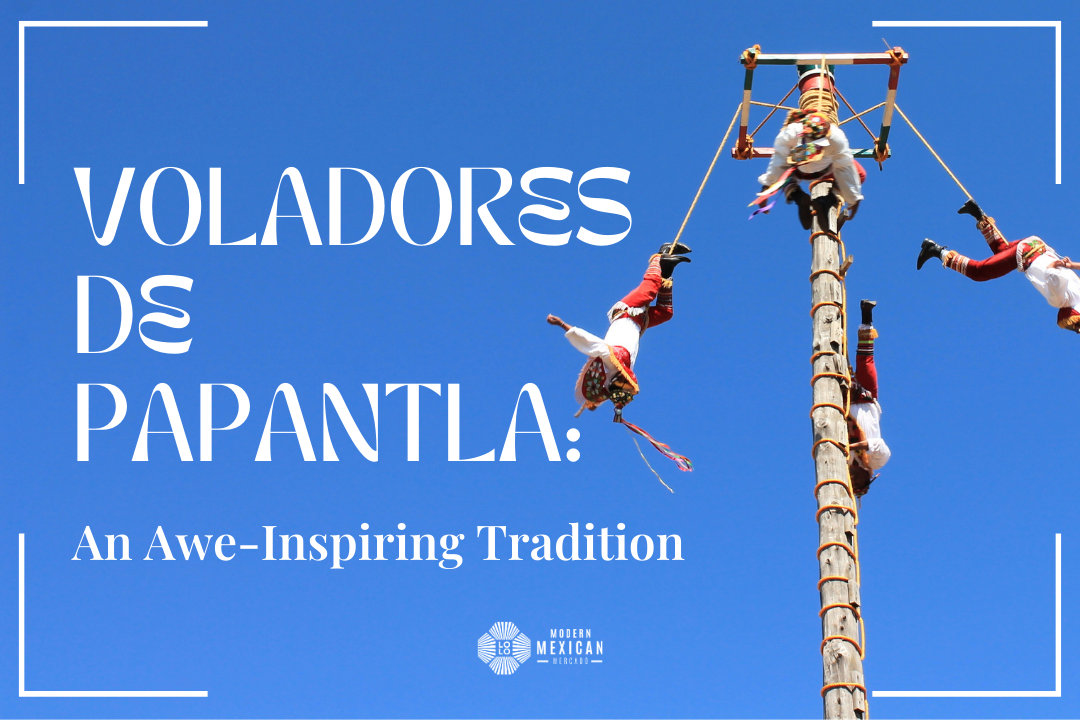
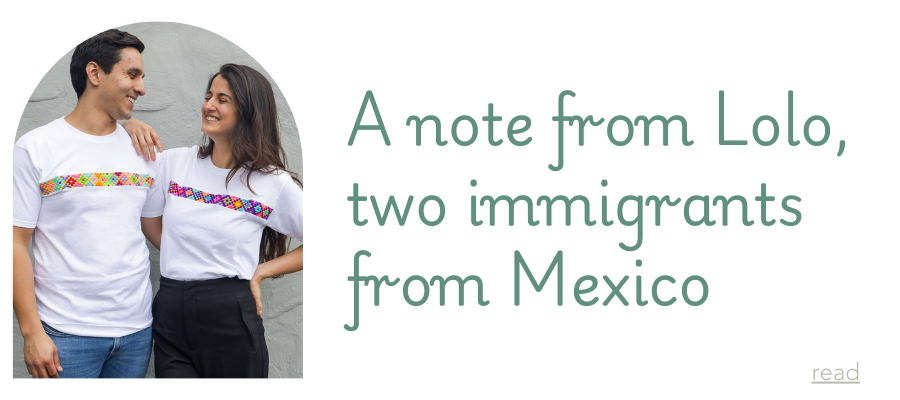
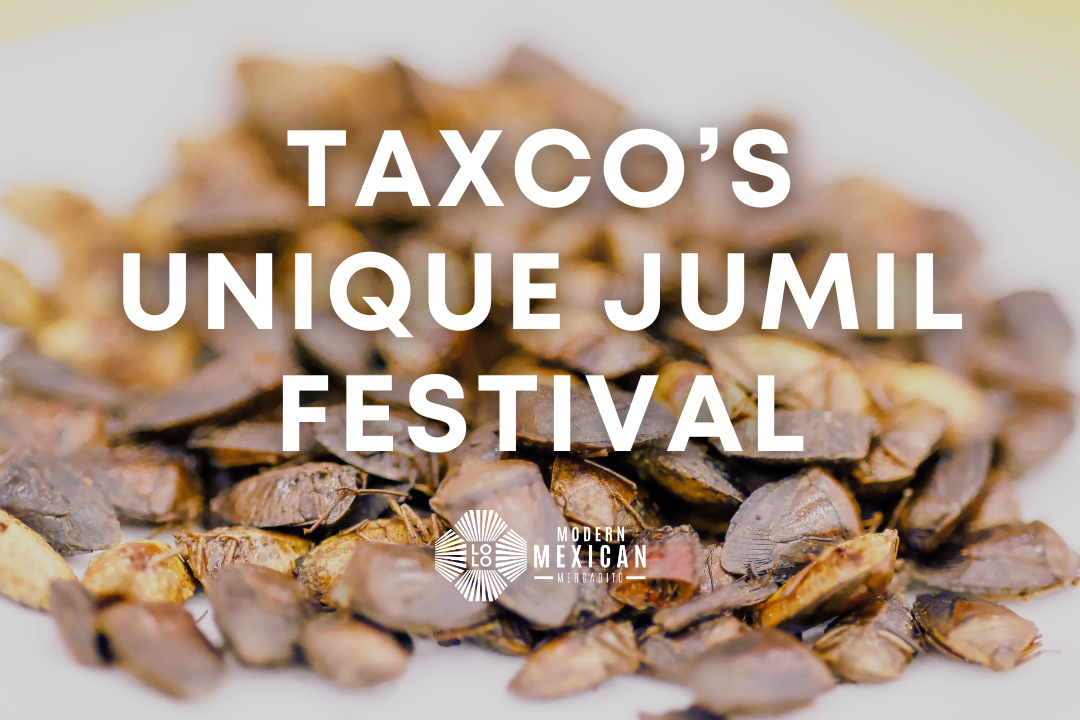
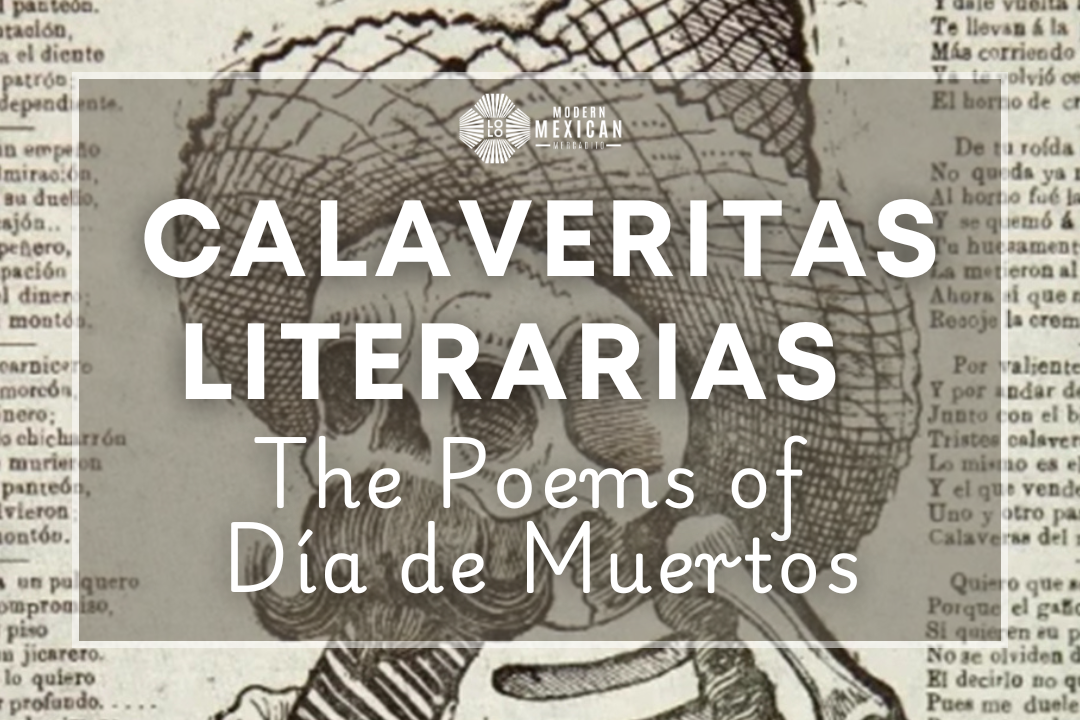
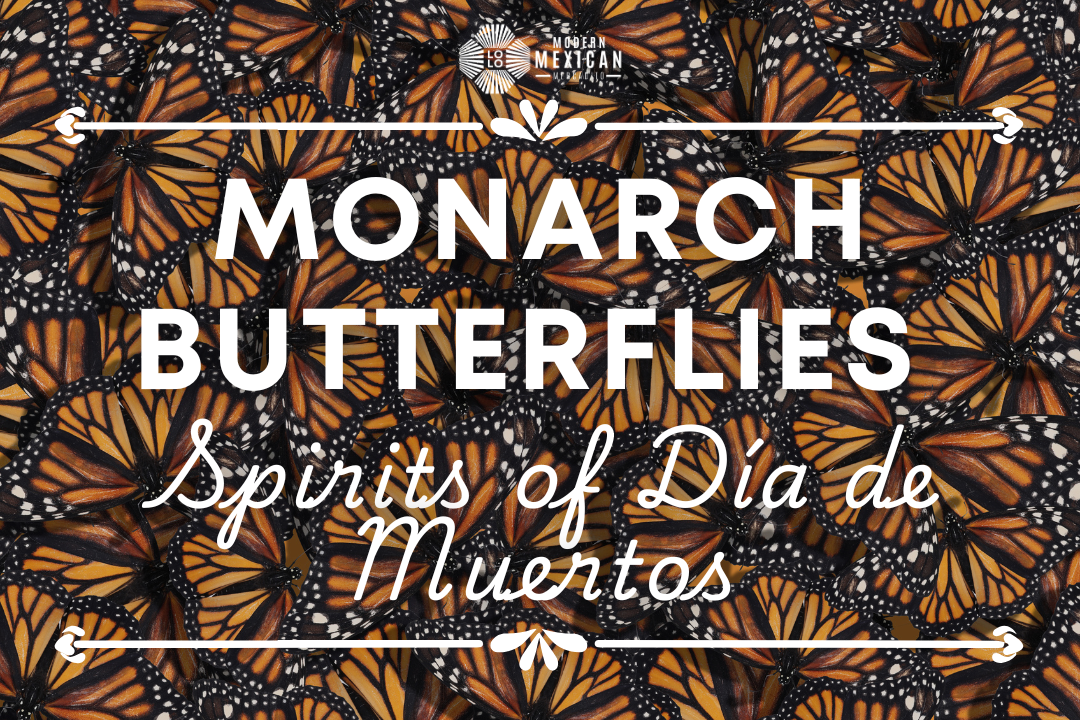
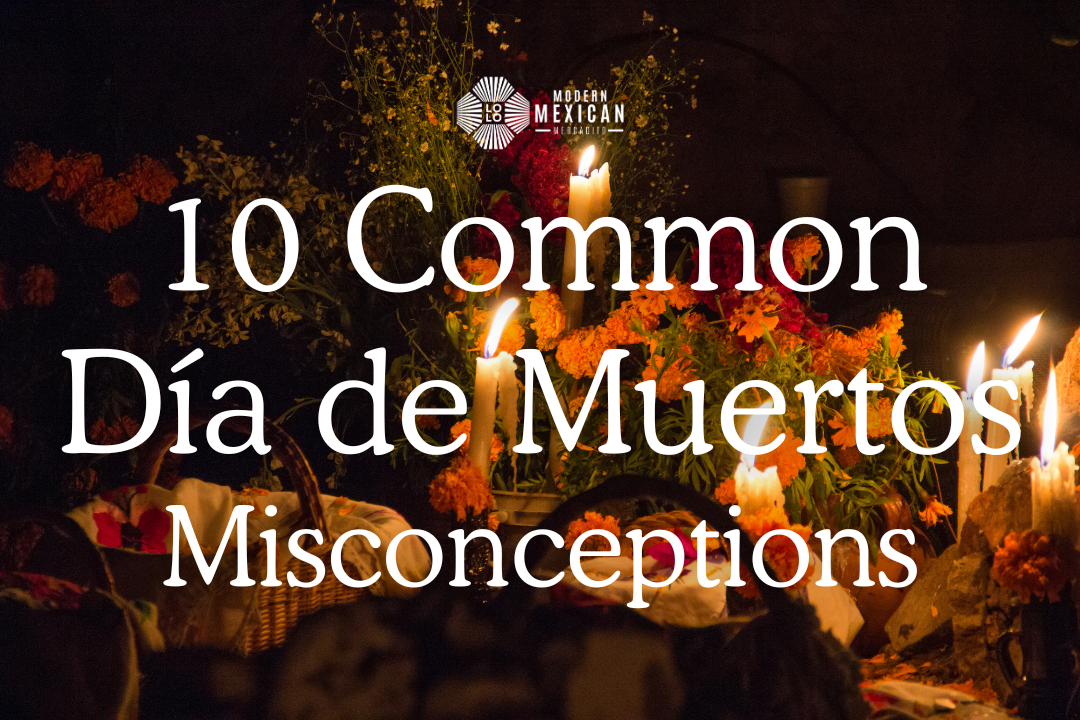
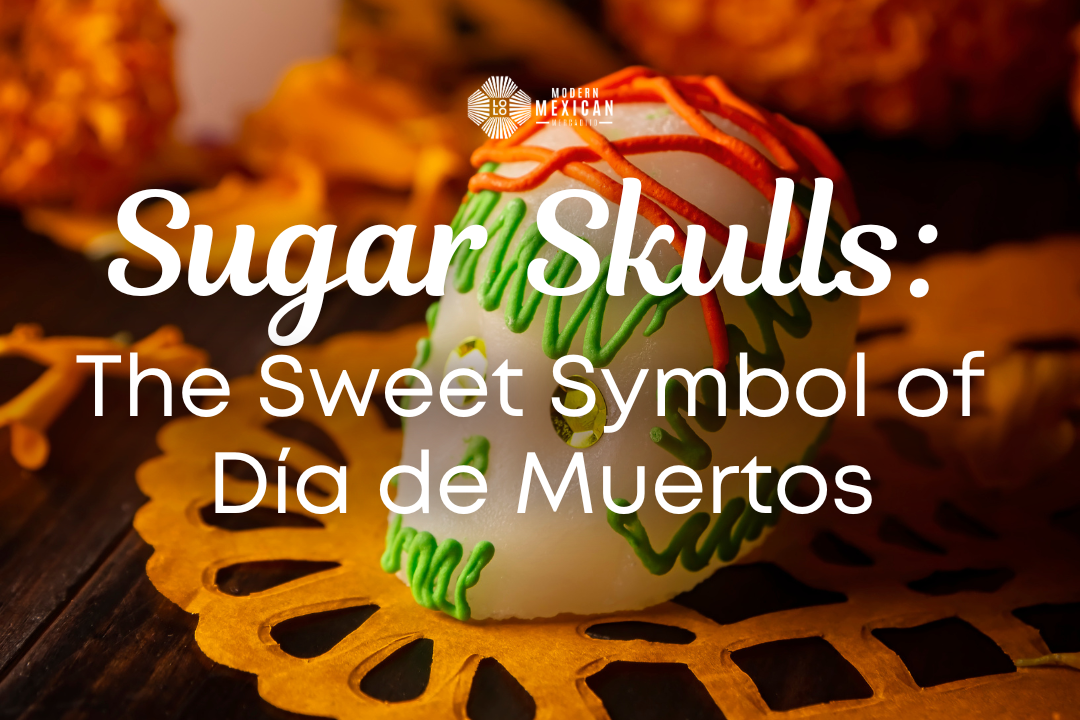

6 comments
Robert
I saw them perform years ago one night on the Malecon in Puerto Vallarta. It was a magical time. Thanks for all of the historical background on them..
Evan
How often does it happen in Papantla?
Christy
Thank you for all of your cultural lessons! I saw Los Voladores in Papántla in the spring of 1989 when I studied at UDLAP for the semester. I’ll have to find the pictures to share with my high school Spanish students!
Terri Pérez
Thanks for the blog. I’d seen the voladores at &Teotihuacan last year but has no reference to the tradition or the ritual. I was of course mesmerized.
Johan Luna
Amazing Store!
Love IT!!! <3
Mercedes Garcia
I so enjoy to read your blogs. I learn so much about my culture and heritage, that I didn’t know before. All my life I have wanted to explore my culture and heritage so I can pass it down to my kids and grandkids.